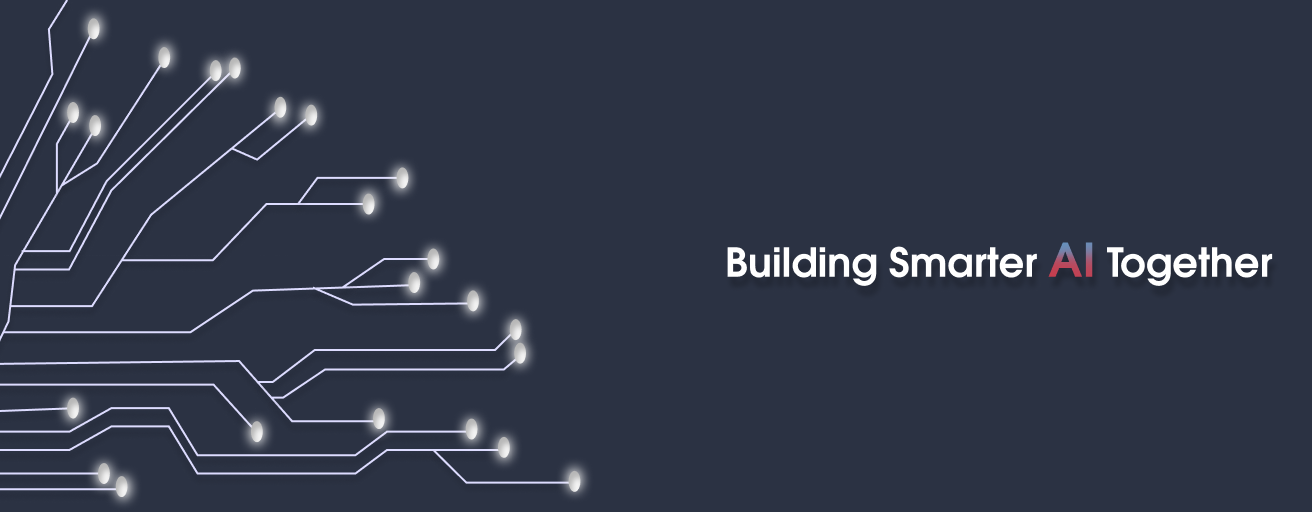Artificial Intelligence (AI) is no longer about machines merely processing instructions. With the rapid emergence of Generative AI, we’re now entering a realm where machines can create, reason, and assist in previously unimaginable ways. At the heart of this revolution lies the concept of the Generative AI Agent, a sophisticated system designed to autonomously produce original content, adapt to tasks, and improve outcomes across various industries.
If you’ve heard the buzz surrounding Generative AI but aren’t sure what makes an AI agent unique, this blog will guide you through the essentials, uses, and impact of these groundbreaking tools.
What Is a Generative AI Agent?
A Generative AI Agent is an intelligent system equipped with autonomous capabilities to create, reason, plan, and execute tasks. Unlike traditional AI models that rely on static, rule-based programming, generative agents leverage powerful reasoning engines such as large language models (LLMs) to dynamically adapt to new challenges and high-level objectives.
Five Defining Characteristics of Generative AI Agents:
- Goal-Oriented: They work toward specific objectives, such as generating a marketing email or debugging code, often adapting their approach as needed.
- Autonomous Execution: Beyond predefined instructions, AI agents self-regulate their operations based on learned behaviors and data insights.
- Tool Utilization: They access external resources, such as APIs or databases, to perform tasks efficiently.
- Context Awareness: These agents retain memory of conversations or actions, maintaining continuity and relevance in their outputs.
- Adaptability: They adjust strategies to overcome obstacles, such as incomplete input or unexpected changes in task requirements.
By integrating these features, generative agents enable businesses to move beyond basic automation, transforming workflows across customer service, content creation, marketing, and more.
Core Components of Generative AI Agents
To understand how generative agents work, it helps to break down their technical framework:
1. Reasoning Engines
At their core, generative AI agents are powered by LLMs, such as GPT-4. These engines use vast amounts of training data to predict likely outcomes, enabling everything from crafting original text to generating detailed solutions.
2. Neural Networks
Underlying the LLMs are neural networks trained to simulate complex patterns found in language, images, and videos. This layer of artificial “neural” processing aids in everything from speech recognition to advanced data visualization.
3. Machine Learning
Dynamic learning systems constantly evolve by analyzing new data. Generative agents rely on real-time updates to ensure accuracy and relevance, a capability that extends their practical utility.
How Do Generative AI Agents Create Original Content?
One of the most remarkable applications of Generative AI Agents is content creation. These systems take raw data (inputs) and produce original outputs that range from text to videos. Here’s how:
- Text Generation:
-
- Example Use Case: Creating personalized emails for customer engagement.
- Key Tools: Language models like GPT-4, which excel at generating creative, coherent, and context-sensitive text.
- Image Creation:
-
- Example Use Case: Designing social media graphics with tools like DALL-E.
- Process: AI agents trained on diverse datasets produce visually appealing and impactful designs.
- Code Writing:
-
- Example Use Case: Autocompletion or debugging software programs.
- Outcome: Faster development cycles and increased developer productivity.
This ability to produce high-quality, domain-specific outputs has enabled businesses to scale processes that were once time- and resource-heavy.
Generative AI in Numbers
The rise of generative AI is not just theoretical; it is reshaping industries and economies in measurable ways:
- Usage: Over 78% of organizations use AI in at least one function, with generative models fueling rapid adoption.
- Market Growth: Investments in generative AI reached $33 billion in 2024, an 18.7% increase from the previous year.
- AI Tools Adoption:
-
- 89% of small businesses leverage AI for routine tasks like content generation.
- Generative AI has reduced average task completion time by 40%.
These statistics highlight the increasing reliance on AI agents not just to automate, but to innovate.
The Future of Generative AI Agents
Looking ahead, generative AI agents are expected to evolve rapidly, opening doors to new possibilities across industries. Here are a few emerging trends to watch:
1. Prompt Engineering
Crafting precise prompts will enhance the efficiency of generative agents. This skill is becoming highly valuable among AI practitioners.
2. Model Auditing
Auditing frameworks ensure quality control, safeguarding against biases and inaccuracies in AI-generated outputs.
3. AI Ethics
Ethical considerations will influence how AI agents are deployed, with a focus on privacy, responsible use, and transparency.
4. Sector-Specific Applications
Generative AI agents are expected to redefine sectors like:
- Healthcare: Improving diagnostics using AI-powered tools.
- Finance: Automating fraud detection and investment guidance.
- Manufacturing: Enhancing production efficiency through predictive maintenance.
Moving Toward an AI-Driven Future
Generative AI agents are not just tools; they represent a dynamic shift in how businesses approach problem-solving, efficiency, and creativity. From crafting sentence-perfect ad copy in marketing to diagnosing health conditions in real-time, these systems are paving the way for an AI-powered future.
By adopting and mastering generative AI today, organizations gain a competitive edge, enabling them to thrive in an increasingly digital, data-driven era.









